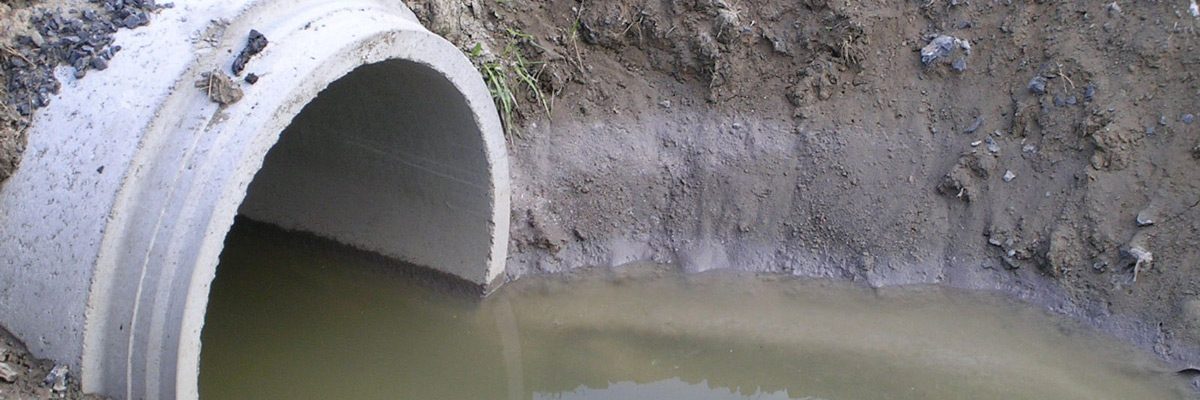If you are letting cold air in then you are wasting money. Calking is the quickest way to stop that.
http://www.acehardware.com/info/index.jsp?categoryId=1282811
The average house-even when well-insulated-contains cracks and gaps between building materials that add up to a hole about 14 inches square (see image below). In the winter, those gaps may make the house drafty and chilly. All year long, a leaky house not only wastes energy but can lead to water damage and provide a path for insects.
Inside this document you will find information about:
- Weatherproofing Basics
- Types of Caulking
- Using Caulking
- Types of Weatherstripping
- Installing Weatherstripping

WEATHERPROOFING BASICS
- In all the discussion of insulation and R-values, don’t forget that poor weatherproofing is often a more important source of discomfort, as well as high heating and cooling bills.
- Some air leakage can be prevented during construction by using housewrap or getting a tight fit between framing members, for example. Once the house is built, however, the remaining gaps must be sealed. Gaps around doors and window sashes should be weatherstripped, and gaps between permanent building materials sealed with caulking.


TYPES OF CAULKING
- A number of factors must be considered when choosing caulking. They include durability, flexibility, whether the caulk can be painted and, of course, price.
- The most expensive caulk is not always the best product for every job, so you should carefully consider which product is appropriate to your situation. Read product labels and manufacturers’ literature, and ask your salesperson for his or her recommendation.
- Here is a list of common caulks and their characteristics. Different types of caulking are designed for different applications, and quality can vary among different brands of the same type because of different formulations used.
- Always read and follow the manufacturer’s directions.
- Oil-Base Painter’s Caulk (1-2 yr. life) – Not very elastic. Dries out easily. Paintable after curing. Lowest cost.
- Latex (3-10 yr. life) – Use mostly indoors. Goes on easily. Low elasticity. Sticks to porous surfaces only. Easy water cleanup. Low in cost. Paintable.
- Butyl Rubber (3-10 yr. life) – High elasticity. Sticks to most surfaces. High moisture resistance. Flexible when cured. Most difficult to work with as it is very sticky.
- Acrylic Latex (10 yr. life) – Good elasticity. Sticks to most surfaces. Reasonable moisture resistance. Paintable. Good for around doors and windows. May not be used below freezing.
- Silicon-Latex Blend (20+ yr. life) – Good elasticity. Excellent weathering ability. Medium shrinkage. Adheres to most surfaces. Some cannot be painted. May not be used below freezing.
:}
This is a really long piece so go there and read that. More tomorrow.
:}



